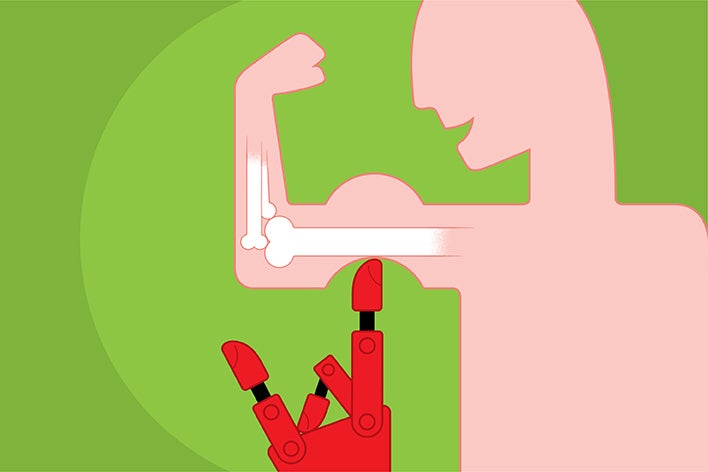Fungal genetics is an emerging field that has the potential to revolutionize biotechnology. Fungi are highly adaptable organisms that have evolved to live in diverse environments, and their genetics can be harnessed to develop novel biotechnologies.
Fungi play a crucial role in the Earth’s ecosystem and have been used to benefit humans for centuries. Despite being under-researched, a recent review paper proposes that their different genetic makeup could be leveraged to advance the biotechnology industry.
Fungi have been used for centuries in the food and beverage industry and are now gaining traction in additional biotechnological applications. Fungi are ideal for industrial and pharmaceutical purposes and are great subjects for studying the genetic control of morphology and higher-level functions.
Fungi play a critical role in the environment by breaking down plant materials and recycling their nutrients and metabolic byproducts back into their environment.
Yeasts, such as Saccharomyces cerevisiae, have been engineered to improve ethanol production, which could be a sustainable alternative to traditional fossil fuels. Fungi have the potential to address some of the world’s most pressing issues, such as food security, energy insecurity, human medicine, and environmental sustainability.
Mitchell Roth, lead author of the review and an assistant professor of plant pathology at The Ohio State Universitysaid, “The wonderful thing about fungi is they fulfill so many niches. They can be found everywhere, and you’ll often find fungi that have already adapted to survive in unlikely environments.”
Recently, scientists have made incredible breakthroughs in the field. Thanks to the popular HBO adaptation The Last of Us, fungi may finally get the recognition they deserve, said Roth. “There’s so much potential in fungal biotechnology that we haven’t tapped into.”
He said. “We’ve only just scraped the surface of fungal biotechnology, so this paper is a little bit of a call to action.”
Fungal advancements have led to breakthroughs in medicine and food and drink fermentation. Further research in mycology could lead to discovering new biotechnologies, such as bioinformatic tools, sustainable biomaterials, and fungal batteries on a large scale. This is according to a paper published in Frontiers in Fungal Biology.
Advancements in sequencing fungi DNA have enabled researchers to understand what genes are involved in specific processes and manipulate them to make fungi better at specific tasks. However, due to the varying sizes of fungal genomes and repetitive genetic sequences, it has been challenging to study them in their entirety.
Long-read sequencing technologies like Nanopore and PacBio have enabled broader research. Despite the potential benefits for tech industries, further research requires significant time, funding, and technological support.
MycoGenetics is a field that uses genetic research on fungi to understand their interactions with the environment and develop new treatments and diagnostic tools.
The development of next-generation sequencing technologies has allowed researchers to generate high-quality fungal genome assemblies and discover novel genes and pathways. Hi-C sequencing has contributed to understanding fungal genome structure, while machine learning algorithms have helped predict virulence and fungicide tolerance in clinical isolates of many fungi.
These advancements provide valuable resources for the fungal biotech community to study fungal genes and their products for additional contributions to benefit society. Bioinformatics tools such as SignalP and EffectorP have also accelerated research on fungal proteins.
MycoImplication refers to the applications of knowledge derived from research on fungi. There are several applications of this knowledge, such as the production of sustainable biomaterials through chitin and mycelia, which can be processed into many different end-use products with broad-reaching applications. Fungi can also be used in bioreactors to produce diverse compounds, including enzymes used in detergents, food additives, and pharmaceuticals.
Additionally, fungi produce secondary metabolites with pharmaceutical or agricultural relevance, such as penicillin, statins, and taxol.
Fungal genetics is also being used to develop new bioremediation technologies that can help address environmental problems such as pollution and waste management.
Fungi can break down a wide range of organic and inorganic pollutants, and researchers are exploring ways to use fungal genetics to optimize their ability to do so. For example, researchers are developing genetically engineered fungi that can break down persistent organic pollutants, such as polycyclic aromatic hydrocarbons (PAHs), a major environmental concern.
In conclusion, fungal genetics is a promising field with the potential to develop novel biotechnologies in a wide range of areas, including enzyme production, pharmaceuticals, and bioremediation. As research in this field continues, we can expect to see even more exciting developments that could significantly benefit industry, medicine, and the environment.
Journal Reference:
- Roth, M. G., Westrick, et al. Fungal biotechnology: From yesterday to tomorrow. Frontiers in Fungal Biology. DOI: 10.3389/ffunb.2023.1135263
Note: This article have been indexed to our site. We do not claim legitimacy, ownership or copyright of any of the content above. To see the article at original source Click Here












